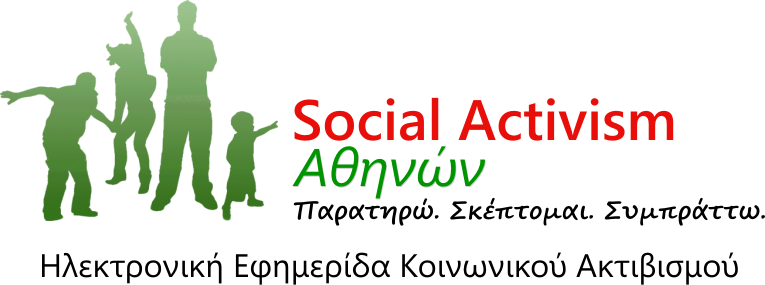Επιμέλεια : Ελένη Καλησπεράτη,
Κοινωνιολόγος
http://www.pacsindia.org/about–us/aims/socially–excluded–groups
There is a broad category of poor in India, but certain socially excluded groups experience greater challenges in accessing rights, entitlements and opportunities, and in moving out of poverty.
The Poorest Areas Civil Society (PACS) Programme aims to benefit the following socially excluded groups:
Scheduled caste (SC) groups
While the practice of ‘untouchability’ is banned in India, many of the associated actions and norms persist. People belonging to SC groups, who constitute 16.2% of the population (Census 2001), experience discrimination in one or more ways.
They are often forced to live apart from the rest of society. They face discrimination while accessing services, and receive poorer quality of services. They get lower wages and face discrimination in the marketplace.
Scheduled tribe (ST) groups
ST groups make up 8.2% of India’s population (Census 2001). They generally live in remote forest areas and often speak a different language. Areas inhabited by ST groups tend to be rich in natural and mineral resources. In many cases, this has led to exploitation and forced displacement of forest-dwellers.
Further, negative stereotyping is used to justify their exclusion from services and economic opportunities. Apart from notified ST groups, PACS covers nomadic tribes (NTs), denotified tribes (DNTs) and ‘primitive’ tribes that may not be listed as STs.
Muslims
Muslims constitute 13.4% of India’s population (Census 2001). A 2006 report of the Prime Minister’s high-level committee on ‘Social, Economic and Educational Status of the Muslim Community of India’ (Sachar Committee) recognises the social exclusion of Muslims, which results in low scores against a broad range of socio-economic indicators.
Women
Girls and women in India face gender discrimination at every stage of their life, starting even before they are born. Women belonging to socially excluded groups face greater challenges. Apart from the discrimination all women face as a result of patriarchy, women from socially excluded groups suffer oppression and exploitation on multiple levels.
Read more about our work with women.
People with disabilities
People with disabilities experience social and physical barriers to accessing services and livelihood opportunities. Service providers, government, markets and places of employment are, by and large, not equipped to enable the full participation of people with disabilities. Thus, disability causes poverty, and poverty intensifies disability.
Read more about our work on disability.
